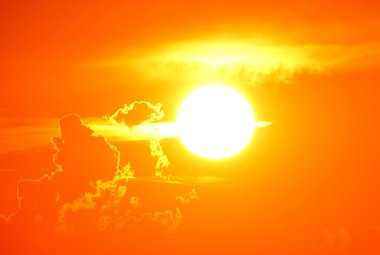Light: topic summary
Add to My Folder
Our handy topic summaries can be used to support homework, as well as providing helpful collections of related resources for teachers to use in school or for parents to use for home learning.

Our light on Earth is provided by the Sun. It takes just over eight minutes for waves to reach us. Light travels in straight lines and it does this much faster than sound. Sunlight is usually sufficient during daylight hours but on dull days and at night we need other light sources. In the past, light would have been provided by fires, candles, oil lamps and gas lights but now the main source of power is electricity. Identify light sources in the home and outside like lamps, bulbs, torches, street lights, traffic lights, car headlights etc. Other electrical items in the home will also produce light like the television, the laptop screen, an oven and the microwave. We see objects because they give out or reflect light into our eyes. Light appears ‘white’ to us but really it is split into the colours of the spectrum (red, orange, yellow, green, blue, indigo and violet) as seen in a rainbow.
Objects that completely block light are called opaque. Those that allow some light to pass through are termed translucent and those that allow all light through are transparent. If an opaque object blocks light it will cause a shadow. Look at how shadows change when the light source moves or the distance between the light source and the object changes. Shiny surfaces like polished metal are able to reflect light. Lighter colours also reflect light which is why many buildings in hot countries are painted white and summer sports like cricket and tennis are often played in white kit.
Published 30 July 2020
Reviews
You need to be signed in to place a review.